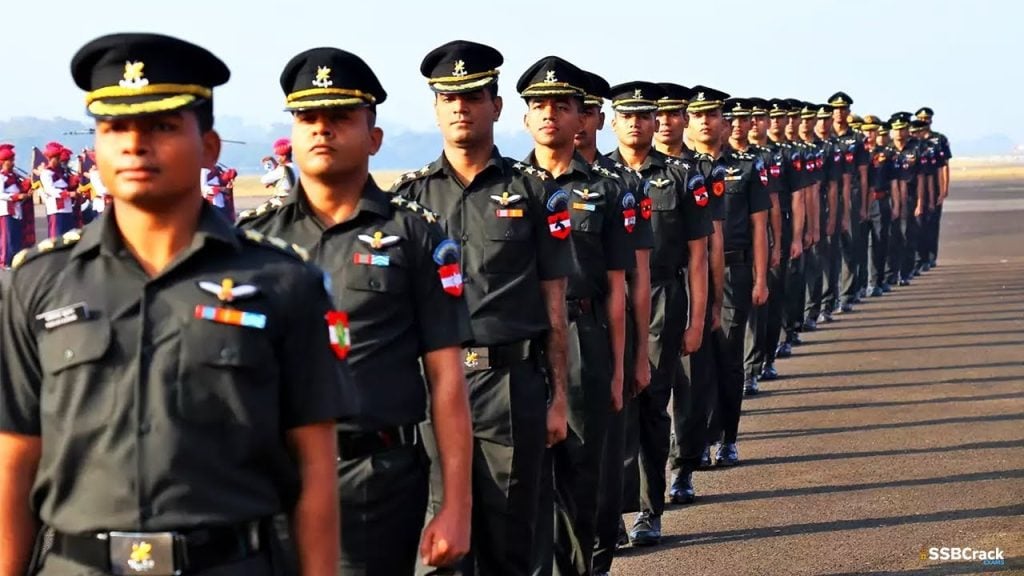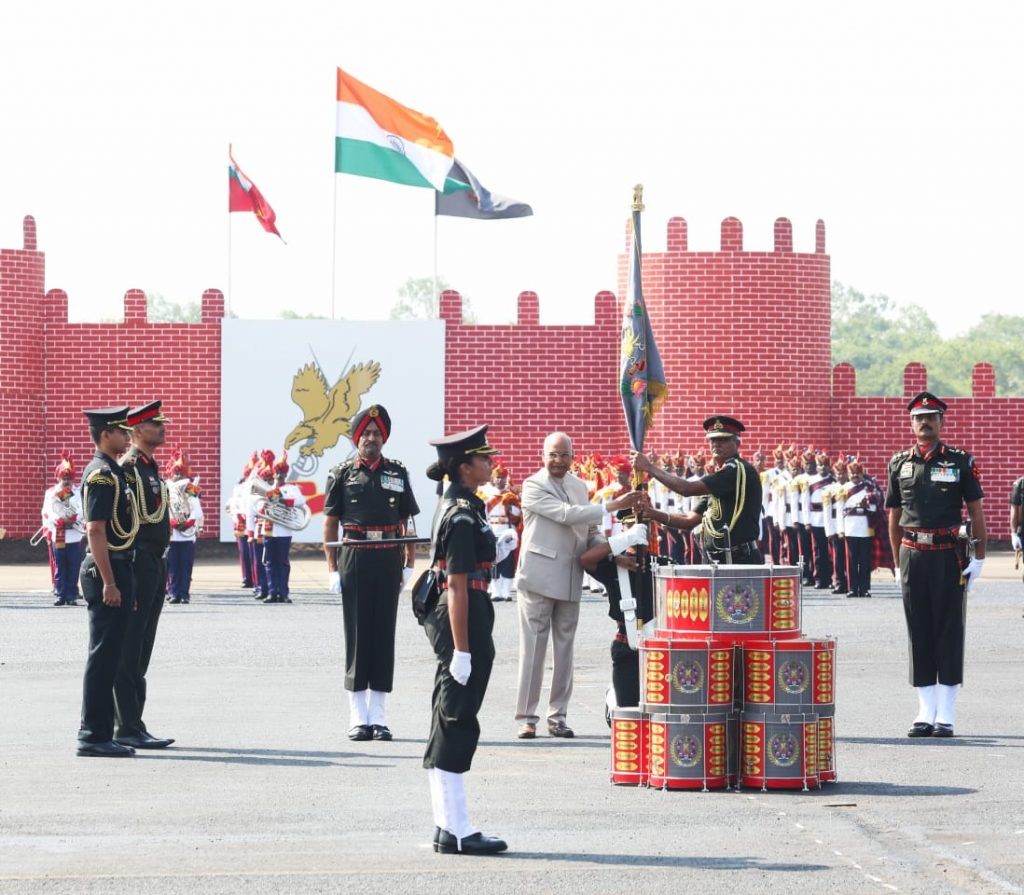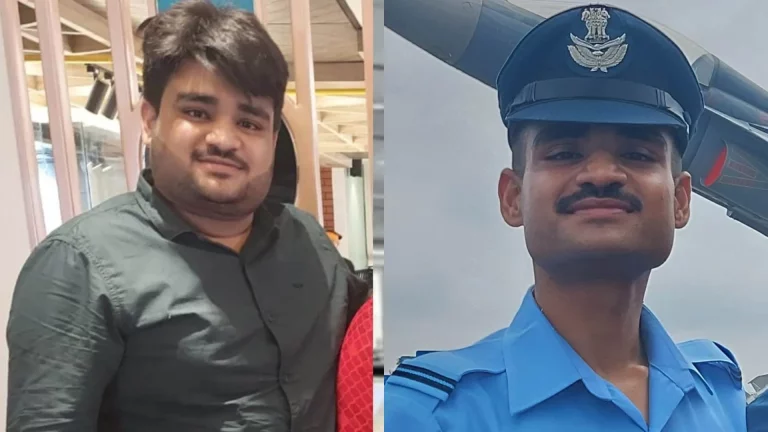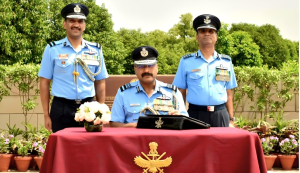The Indian Army’s aviation arm, known as the Army Aviation Corps (AAC), has played a pivotal role in supporting ground operations and providing crucial logistical and rescue capabilities to the armed forces. Established in 1986, the AAC has undergone a remarkable transformation, expanding its fleet, enhancing its capabilities, and solidifying its position as an indispensable component of the Indian Army.
This article delves into the captivating history, multifaceted roles, rigorous training, and the challenges faced by the Army Aviation Corps, offering a comprehensive understanding of its evolution and significance in the defense landscape of India.
The Origins of Army Aviation in India
The origins of the Army Aviation Corps can be traced back to the early 1940s, during the height of World War II. At that time, the Army Aviation Wing of the Royal Air Force was stationed in India, primarily serving as artillery spotters and identifying key targets for ground forces. This initial foray into aviation support laid the foundation for the eventual establishment of the AAC.
The Baptism of Fire: Operation Pawan
The Army Aviation Corps was officially established on November 1, 1986, and its mettle was immediately tested with its involvement in “Operation Pawan,” a crucial peacekeeping mission in Sri Lanka. The newly formed corps rose to the occasion, providing essential air support, casualty evacuation, and logistical assistance to the ground troops, solidifying its position as a vital component of the Indian Army.
Expanding Roles and Capabilities
Over the years, the AAC has evolved, diversifying its roles and enhancing its capabilities to meet the changing demands of the Indian Army. From its initial focus on artillery spotting and observation, the corps has expanded its repertoire to include a wide range of missions, such as:
Battlefield Support
AAC helicopters provide crucial close air support to ground units, engaging targets and offering strategic reconnaissance to identify and neutralize enemy positions.
Casualty Evacuation
The corps plays a vital role in the rapid evacuation of injured soldiers from the battlefield, ensuring timely medical attention and saving countless lives.
Logistical Support
AAC aircraft are instrumental in delivering essential supplies, equipment, and personnel to remote and inaccessible areas, sustaining ground operations.
Humanitarian Aid and Disaster Relief
The AAC’s versatility extends to humanitarian aid and disaster relief efforts, where its helicopters are deployed to provide assistance and rescue in the wake of natural calamities.
Women Can Join the Army Aviation Corps As A Pilot Now
Embracing Technological Advancements
To keep pace with the evolving operational requirements, the AAC has undertaken a comprehensive modernization program, expanding its fleet of aircraft and incorporating state-of-the-art technology. Some of the key platforms operated by the corps include:
| Aircraft | Role |
|---|---|
| Advanced Light Helicopter (ALH) or Dhruv | Multirole utility helicopter |
| Weapon System Integrated (WSI) or Rudra | Armed helicopter |
| Cheetah | Light utility helicopter |
| Chetak | Light utility helicopter |
The induction of these advanced platforms has enhanced the AAC’s capabilities, enabling it to execute a wider range of missions with greater efficiency and effectiveness.
Rigorous Training
The Army Aviation Corps places a strong emphasis on the training and development of its personnel. Aspiring aviators undergo a rigorous selection process and comprehensive training regimen to ensure they are equipped with the necessary skills and expertise to navigate the challenges of aerial operations.
Pilot Training
Pilot candidates undergo extensive flight training, covering various aspects of aircraft handling, navigation, and emergency procedures, ensuring they are prepared to operate the corps’ diverse fleet.
Specialized Courses
In addition to basic flight training, AAC personnel also undergo specialized courses in areas such as instrument flying, night operations, and combat tactics, further enhancing their operational capabilities.
Continuous Skill Development
The AAC’s commitment to excellence extends beyond initial training, with ongoing skill development programs and regular exercises to maintain the proficiency of its personnel.
Facing Challenges
Despite its remarkable achievements, the Army Aviation Corps has faced its share of challenges, which it continues to address with determination and innovation.
Resource Constraints
The corps has often grappled with budgetary limitations and procurement delays, which can impede the modernization of its fleet and the acquisition of new technologies.
Operational Demands
The diverse and demanding nature of the AAC’s missions, ranging from combat support to disaster relief, can strain its resources and personnel, necessitating careful planning and efficient utilization of assets.
Training Limitations
The inherent risks associated with aviation operations, coupled with the need for specialized training facilities, can pose logistical and financial hurdles for the corps.
Can Helicopters Land Anywhere?
Conclusion
The Army Aviation Corps has undoubtedly carved out a remarkable legacy, evolving from its humble beginnings as an artillery spotting unit to a versatile and indispensable component of the Indian Army. Its unwavering commitment to supporting ground operations, saving lives, and providing humanitarian aid has earned it the respect and admiration of the nation.
As the AAC continues to adapt and innovate, it stands poised to play an even more pivotal role in the future defense and security of India. The corps’ unwavering dedication, coupled with its technological advancements and the exceptional skill of its personnel, ensures that it will remain a vital force in safeguarding the nation’s interests for years to come.
FAQs
1. What is the history of Army Aviation Corps?
The Corps of Army Aviation was established on 1 November 1986, with Brigadier (later Major General) Atma Singh serving as the first Additional Director General. The Chetak and Cheetah helicopters were handed over to the Army, while the Air Force continued to provide logistical and maintenance support until 31 October 1989.
2. What is the full form of AAC in aviation?
The Army Aviation Corps (AAC) offers aerial support to the ground forces of the Indian Army. Established on November 1, 1986, the AAC is led by a director-general who holds the rank of lieutenant general.
3. What is the motto of the Army Aviation Corps?
With the motto Suveg and Sudridh (Swift and Sure), the Indian Army’s youngest corps is steadily increasing its tactical significance on the battlefield as a force multiplier.
4. What is the slogan of the Army Aviation?
The Army aviation motto, “Above the Best,” reflects its commitment to excellence, and achieving this means continuously advancing the quality of its personnel and the technical sophistication of its equipment.
5. What is the full form of AAC in army?
AAC stands for Army Aviation Corps. It is a support branch of the Indian Army tasked with providing aviation support.


























